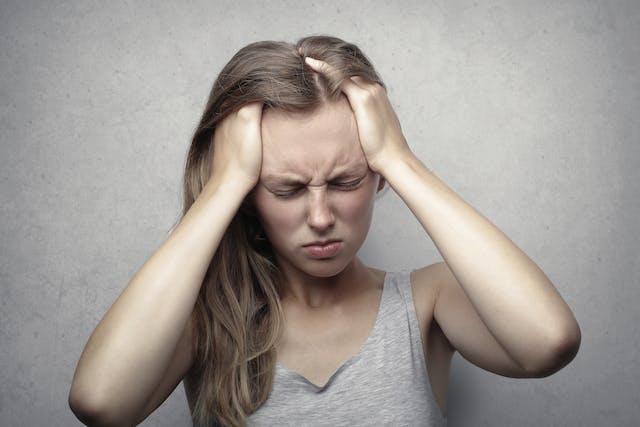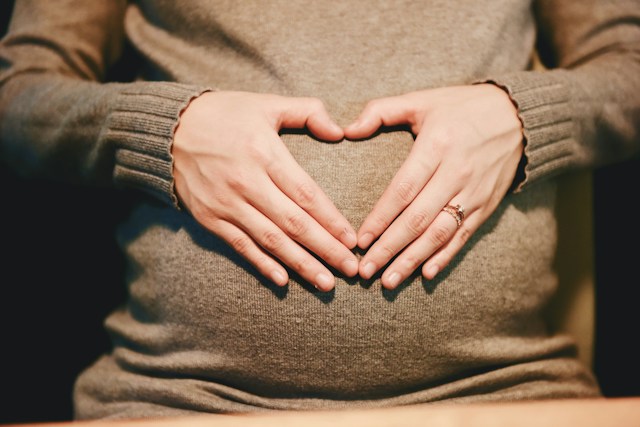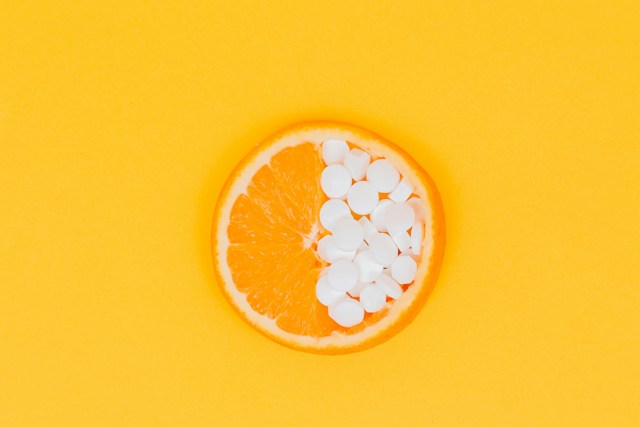Worldwide, iron-deficiency anaemia is a prevalent illness that affects women. It happens when your body doesn’t have enough iron, which lowers the quantity of red blood cells in your body. Owing to things like menstruation, pregnancy, and food preferences, this illness may be more common among women. We’ll examine the signs, causes, and practical remedies for iron-deficiency anaemia in women in this post.
Knowing What Iron-Deficiency Anaemia Is
It’s important to understand the fundamentals of anaemia before getting into the details. A shortage of healthy red blood cells or a decrease in these cells’ capacity to carry oxygen throughout the body is referred to as anaemia. Approximately 50% of instances of anaemia globally are of iron-deficiency anaemia, making it the most prevalent kind of anaemia.
Iron-Deficiency Anaemia Symptoms
For an early diagnosis and successful treatment of iron-deficiency anaemia, it is essential to recognise its signs. Although each person may experience these symptoms to varying degrees, the following are some typical warning indicators to be aware of:
Excessive weariness is one of the most common signs of iron-deficiency anaemia. Even after a full night’s sleep, you may still feel weak and exhausted.
Pale Skin: The mucous membranes in your mouth, lower eyelids, and skin can all become pale as a result of anaemia.
Breathlessness: Reduced red blood cell counts result in lower oxygen delivery to the body’s tissues. Breathlessness may result from this, particularly when engaging in vigorous activity.
Dizziness and Lightheadedness: Anaemia can make you feel dizzy and lightheaded, especially after exerting yourself or when you stand up.
Chilly hands and Feet: Insufficient blood flow that is rich in oxygen can cause chilly extremities.

Headaches: Iron-deficiency anaemia may manifest as strong headaches that occur often.
Your nails may become brittle and more likely to break easily.
Need for Non-Nutritive Substances: Iron-deficiency anaemia may be linked to the disorder known as pica, in which people have a need for and occasionally eat non-food objects like ice, dirt, or paper.
Reasons for Women’s Iron-Deficiency Anaemia
All ages and genders are susceptible to iron-deficiency anaemia, however women are more vulnerable for a number of reasons:
Menstruation: Over time, excessive menstrual flow can cause a considerable loss of iron in women who are of reproductive age.
Pregnancy: To support the developing foetus, a woman’s body needs extra iron throughout pregnancy. Anaemia may arise from insufficient consumption of iron.

Breastfeeding: Iron is necessary for the production of breast milk; if women do not get enough iron, they risk becoming anaemic.
Vegan or Vegetarian Diet: Women who strictly adhere to vegan or vegetarian diets may be more susceptible to iron-deficiency anaemia because they may not consume enough heme iron, which is the form of iron present in animal products.
Gastrointestinal Disorders: Illnesses like inflammatory bowel disease or celiac disease might obstruct the digestive system’s ability to absorb iron.
Blood Loss: Iron-deficiency anaemia can result from red blood cell loss brought on by trauma, surgery, or gastrointestinal bleeding.
Diagnoses and Examinations
If you feel you have iron-deficiency anaemia, it’s necessary to seek medical assessment and diagnosis. Your medical professional may do a number of tests, such as:
Complete Blood Count (CBC): This blood test counts red blood cells, haemoglobin, and hematocrit, among other elements of your blood. Low concentrations of these substances may suggest anaemia.
Ferritin is a protein that helps your body store iron. Take the ferritin test. Low ferritin levels indicate low iron reserves.
An iron blood test determines how much iron is in your blood. Iron-deficiency anaemia is suggested by low ferritin and low iron levels together.
Stool Test: A stool test can help identify blood in the stool, suggesting a possible cause of blood loss, if gastrointestinal bleeding is suspected.
Options for Iron-Deficiency Anaemia Treatment
The good news is that iron-deficiency anaemia is readily curable. The underlying cause and seriousness of the anaemia will determine the best course of action. These are a few typical therapy choices:
Iron Supplements: Your doctor could suggest iron supplements if your iron levels are noticeably low. These can assist in increasing your iron levels and are available over the counter or with a prescription. It’s critical to heed the advice of your healthcare practitioner regarding the right dose and time frame.
Dietary Modifications: These can be very helpful in moderate instances or as a preventative approach. Your iron levels may be raised by eating more iron-rich foods including beans, dark leafy greens, chicken, shellfish, and red meat.
Vitamin C Supplementation: Non-heme iron, which is included in plant-based diets, can be more easily absorbed when vitamin C-rich meals or supplements are consumed. Consider consuming foods strong in vitamin C, such as bell peppers or oranges, along with meals high in iron.

Treating the Underlying Cause: In cases when your anaemia is associated with a particular medical problem, such as severe menstrual bleeding or gastrointestinal bleeding, it may be imperative to address the underlying cause. To halt the bleeding, surgery or medication may be necessary.
Blood Transfusion: In severe cases of iron-deficiency anaemia when your health is at risk, a blood transfusion may be essential to refill your red blood cell count.
Intravenous Iron: Intravenous iron infusions can be used to provide iron straight into your bloodstream when oral supplements are ineffective or cause digestive problems.
How to Avoid Iron Deficiency Anaemia
It’s always preferable to prevent than to cure. The following are some methods to shield women against iron-deficiency anaemia:
Dietary Awareness: Eat a well-balanced diet full of foods high in iron. Take extra care to include sources of iron such as fish, chicken, red meat, and plants.
Vitamin C Intake: To improve iron absorption, combine meals high in vitamin C with those high in iron.
Handle Menstrual Health: If you get heavy periods, talk to your doctor about ways to control the flow of your menstrual blood.
Prenatal Care: To fulfil your increased iron needs, make sure you receive the right prenatal care, including iron supplements if you are pregnant.
Frequent Check-Ups: Before anaemia is severe, routine check-ups can help detect it and treat it.
Steer Clear of Too Much Calcium and Caffeine: Too much calcium and caffeine can interfere with the body’s ability to absorb iron. Pay attention to how much you consume.
In summary
A common illness that disproportionately affects women is iron-deficiency anaemia. It is crucial to comprehend the condition’s causes, symptoms, and available treatments to manage and avoid it. Do not hesitate to consult a physician if you believe you may have iron-deficiency anaemia. You may secure a healthy and active life by regaining your energy and well-being with the appropriate care and lifestyle changes.
You may also like:
Outsmart Alzheimer’s: Proven Lifestyle Changes to Boost Your Brainpower
Conquer Chronic Back Pain: Expert Tips for a Healthier Spine

